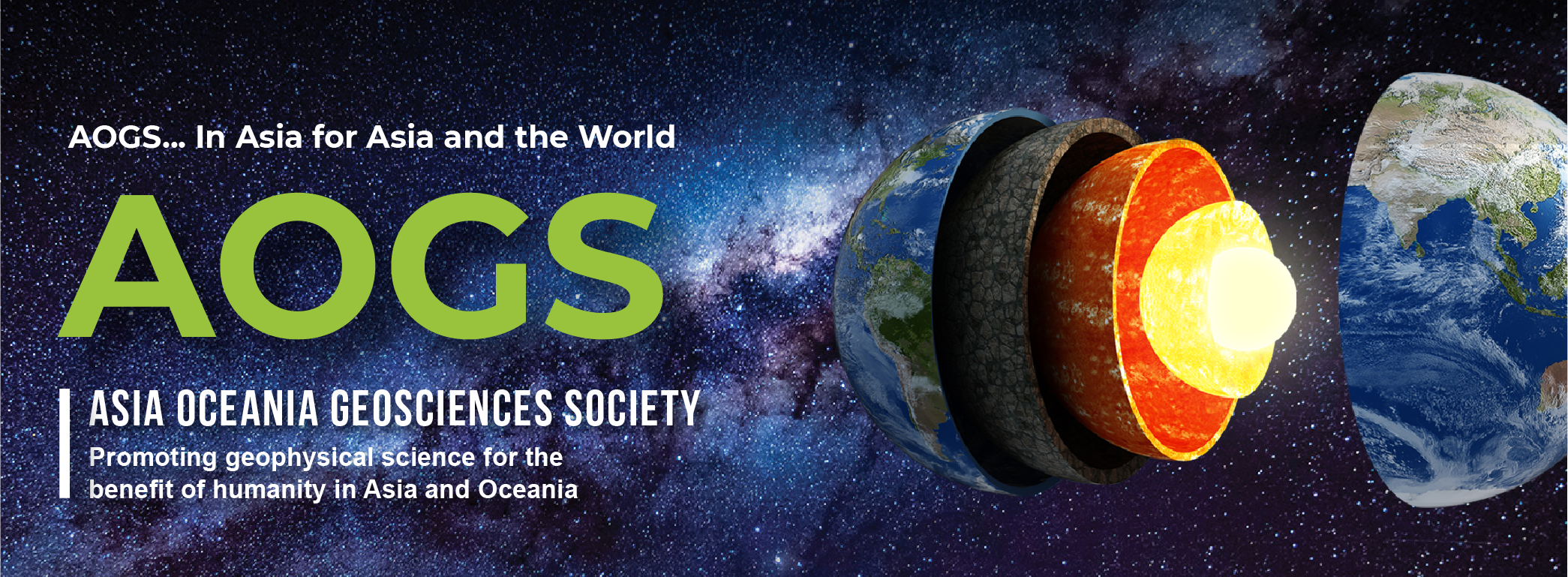
Y Kamide Early Career Researcher (ECR) Award

2017-2018
Dr Sarah M. KANG
Biography
Dr. Sarah Kang is Associate Professor at the School of Urban and Environmental Engineering at Ulsan National Institute of Science and Technology (UNIST) in South Korea. She received her Bachelor’s degree in Atmospheric Science from Seoul National University in 2004 and Ph.D. in Atmospheric and Oceanic Sciences from Princeton University in 2009, advised by Dr. Isaac Held at GFDL. After graduation, she worked in the Department of Applied Physics and Applied Mathematics at Columbia University as a post-doc under the supervision of Dr. Lorenzo Polvani until she joined UNIST in 2011. She has pioneered the theoretical work on the extratropics-to-tropics teleconnection based on the atmospheric energy budget. She has now expanded her research to examine the role of ocean dynamics for the extratropics-to-tropics teleconnection by developing a hierarchy of ocean models. Since 2008, she has published 23 papers in SCI journals with h-index of 13.
Abstract
"Extratropical Forcing and Tropical Rain Distribution Changes: Energetics Framework and Ocean Dynamics"
Intense tropical rainfall occurs in a narrow belt near the equator, called the inter-tropical convergence zone (ITCZ). In the past decade, the atmospheric energy budget has been used to explain changes in the zonal-mean ITCZ position. The energetics framework provides a mechanism for extratropics-to-tropics teleconnections, which have been postulated from paleoclimate records. In atmosphere-only models, the ITCZ shifts toward the warmed hemisphere, regardless of the latitudinal position of thermal forcing, in order for the Hadley circulation to transport energy toward the colder hemisphere. However, recent studies using fully coupled models show that tropical rainfall can be rather insensitive to extratropical forcing when ocean dynamics is included.
In this study, we proceed to investigate the role of ocean dynamics, which has not yet been identified in a systematic manner. We propose to build a hierarchy of ocean models to systematically explore the full dynamical response of the coupled climate system. Here, we build gray radiation atmospheric model that is coupled to ocean models of different levels of complexity. As a first step, we explore the effect of meridional Ekman heat advection while neglecting the upwelling effect on the ITCZ response to prescribed extratropical thermal forcing. The tropical component of Ekman advection is a negative feedback that partially compensates the prescribed forcing, whereas the extratropical component is a positive feedback that amplifies the prescribed forcing. Overall, the tropical negative feedback dominates over the extratropical positive feedback. Thus, including Ekman advection reduces the need for atmospheric energy transport, thereby dampening the ITCZ response.
Next, the upwelling effect is included by considering a deep return flow whose temperature is diagnosed from the SST. The extratropical positive feedback nearly vanishes because of compensating effects of advection by the deep return flow. The subtropical response of Ekman suction is a negative feedback that partially compensates the prescribed forcing, whereas the deep tropical response of Ekman pumping is a positive feedback that amplifies the prescribed forcing. Overall, the subtropical negative feedback dominates over the deep tropical positive feedback. Thus, the wind-driven ocean circulation reduces the need for atmospheric energy transport, thereby dampening the ITCZ response.
